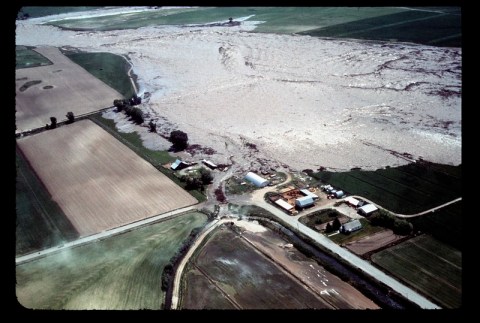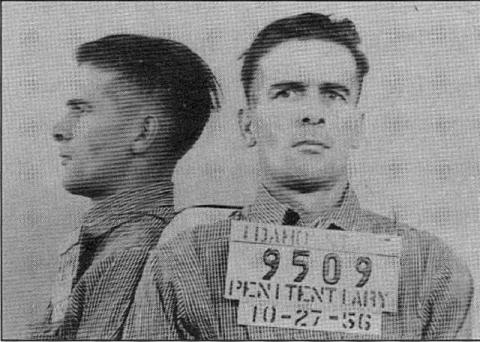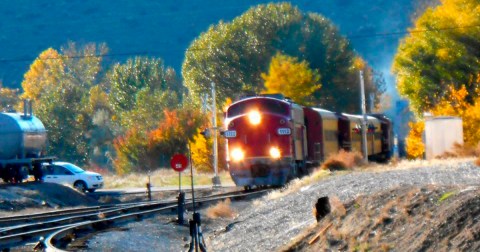The 5 Most Horrifying Natural Disasters That Ever Happened In Idaho
Idaho is a relatively seismic state, but in terms of weather is blessedly mild with regards to devastating acts of nature. While natural, large-scale events impact the state every year, only a few events across the country receive formal Federal Major Disaster Declarations from the President, a program which was created in the 1950s. At the time of writing and since the program began, 23 major disasters have been declared in Idaho, along with two federal emergency and 10 fire management assistance declarations.
Idaho is a wonderful place to live; however, the same natural and geologic forces that make it so beautiful can often result in natural disasters of epic proportions. These five events, while they may or may not have been registered as Federal disasters, were devastating enough to Idaho’s population, landscape, and industry that they make notable historical moments. These five natural disasters in Idaho also mark incredible moments of our state coming together to help those in affected communities recover and promote healing across the Gem State.
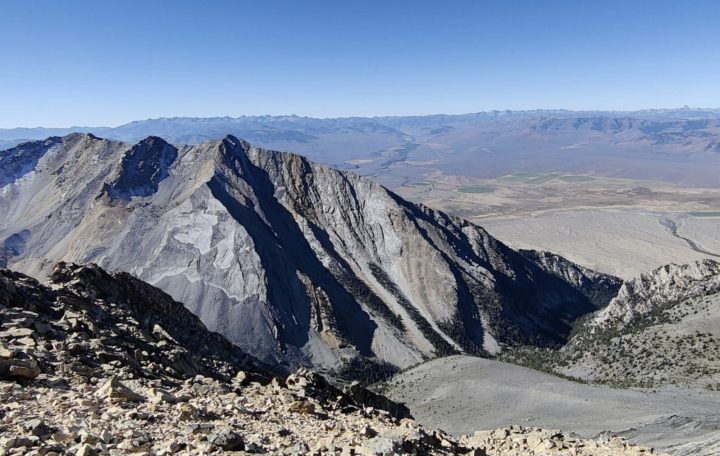
The quake made global headlines not only for its magnitude, but because its faulting was up and down, whereas most other earthquake zones shift side to side. Most notably, this horrific natural disaster caused Mount Borah - already Idaho's tallest peak - to grow by around six inches, while also dropping the entire valley anywhere from five to nine feet. Also created? One giant rift and a number of sinkholes, some over 10 feet across, pocking the valley floor. These holes were caused by soil "liquefaction" - the violent shaking of loose earth until it compacts into a quicksand-like material. The 21-mile long scarp that was created by the Borah Quake is raised at points by as much as 14 feet and is still visible today. You cross the scarp on the west side of the mountain en route to the Borah trailhead.
But be warned: Idaho has two other "natural wonders" in its landscape that are a part two waiting to happen.
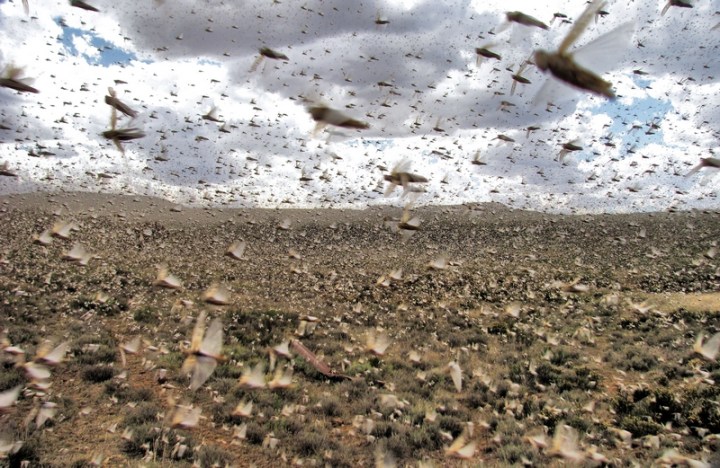
The grasshopper swarms occurred throughout the Northwest, but the U.S. Department of Agriculture specifically declared four counties in Idaho to be disaster areas - total damages exceeded $11 Million in the first year alone. The disaster was compounded by the state's drought conditions and simultaneous hatching of Mormon crickets. Fortunately, heavy aerial pesticide attacks and a lucky break of cooler-than-normal weather in 1987 finally enabled farmers across the state to get an edge against the crop-devouring adversaries. Not-so-fun Fact: 17 grasshoppers per square yard can devour one ton of alfalfa per day.
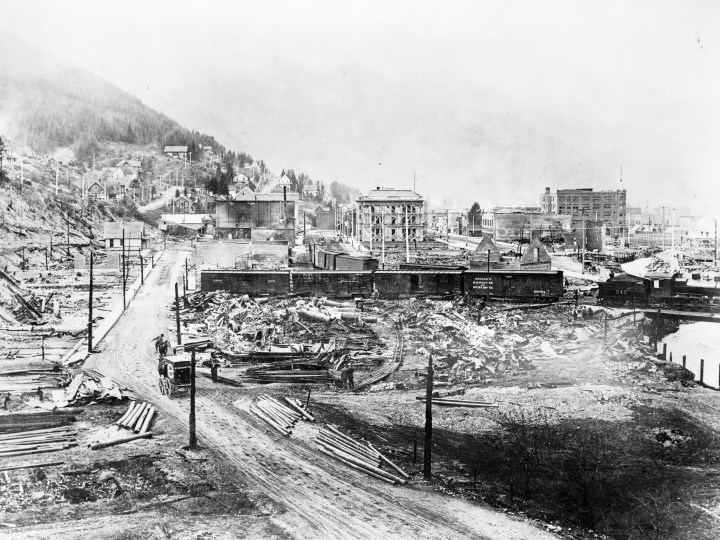
Red balls of fire rolled up mountainsides; crown fires, some up to 10 miles wide, streaked through treetops while the central blaze consumed everything in its path at an incredible 70 miles per hour. The sky was pitch black with ash that mid-afternoon, save for the blinding red glow of the blaze. Since the area had received only an inch or so of rain that season - a mere fraction of the normal rainfall - the crisp, withered trees made perfect tinder. Meanwhile, thousands of other fires burned nearby and were all left to die out of their own accord as all resources were allocated towards combating the behemoth flames.
With U.S. military assistance, the flames seemed to be contained. Then, on Aug. 20, the red-hot forest exploded into "The Big Blowup." A cold front moved in and fed the flames with new oxygen, combining multiple smaller fires into one incinerating vortex. The fire was only placated by the arrival of rain, and ultimately, was the first test of the newly established U.S. Forest Service (1905).
You can learn more about the Big Burn of 1910 by paying a visit to the town of Wallace in Northern Idaho, where you can see some of the remnants firsthand.
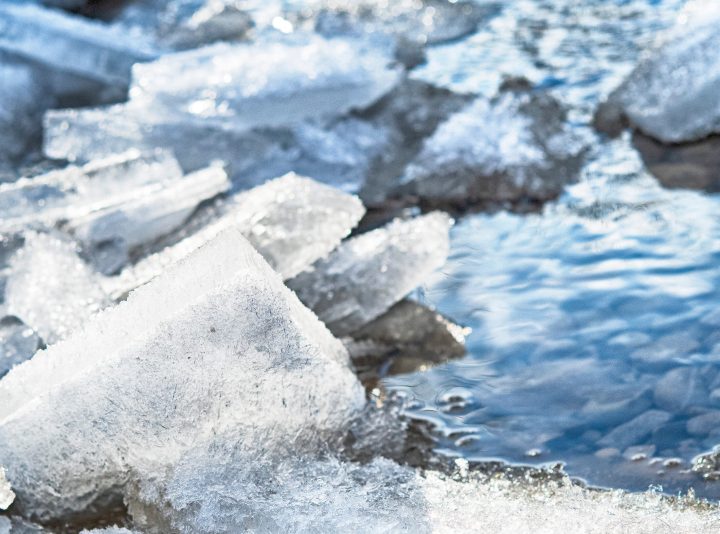
No lives were lost in this natural disaster, but the damage was severe. When the floodwaters receded, residents found nearly three feet of ice inside their homes and five feet of ice outside. The subzero temperatures had literally left the town encased in ice. Ultimately, a Presidential disaster declaration was made.
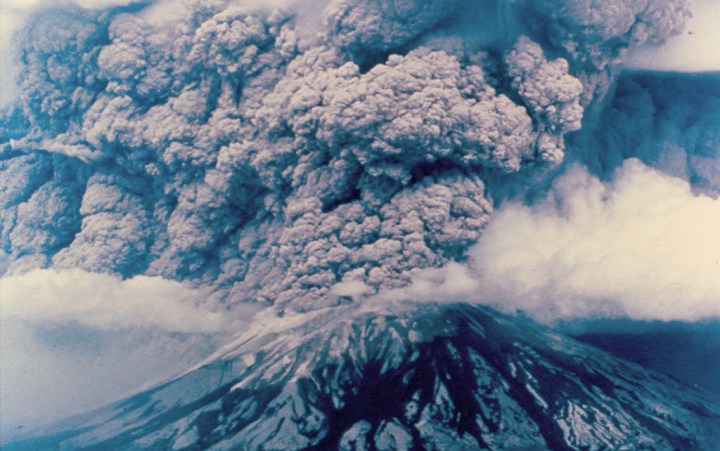
While the eruption and subsequent ash didn’t cause severe injury or loss of life in Idaho directly, it was a disaster of its own accord projected to have cost tens of millions of dollars in loss of business, clean-up, and vehicle damage. Thousands of residents also suffered lung damage from inhaling the dangerous substance.
Wow. Idaho is incredibly fortunate to have not only recovered from these devastating events but to have quite literally “grown” from them. Our state’s sense of community is unrivaled, and had Idahoans not banded together in these times of need, the damage could have been much worse.
Were you or a family member in Idaho or nearby when any of these natural disasters occurred? Feel free to share your stories and pay tribute to the countless organizations and individuals who played roles in the aftermath.
Man-made disasters can wreak havoc on an entirely different scale. The collapse of the Teton Dam in 1976 is one such disaster that, while it wasn’t caused by Mother Nature, was just as devastating as those listed above.
OnlyInYourState may earn compensation through affiliate links in this article. As an Amazon Associate, we earn from qualifying purchases.
More to Explore
Natural Disasters in Idaho & Related Info
What is winter like in Idaho?
The Gem State is large and diverse, so winters in Idaho vary from year to year and differ greatly between regions. In general, winters in Idaho are relatively mild; however, the state does see plenty of snow and ice, as well as extreme temperatures when conditions are right. In addition to other seasonal and unexpected natural disasters, some of the worst winter storms Idaho has ever seen include:
Aside from these notable winter storms, Idaho visitors and residents can expect to see annual snowfall, particularly at higher elevations, average state-wide temperatures between 15 and 38 degrees Fahrenheit, and a winter season that typically lasts from November to February. Stanley, Idaho spends over 260 days each year below freezing, and many parts of the state experience extreme temperature drops as well.

